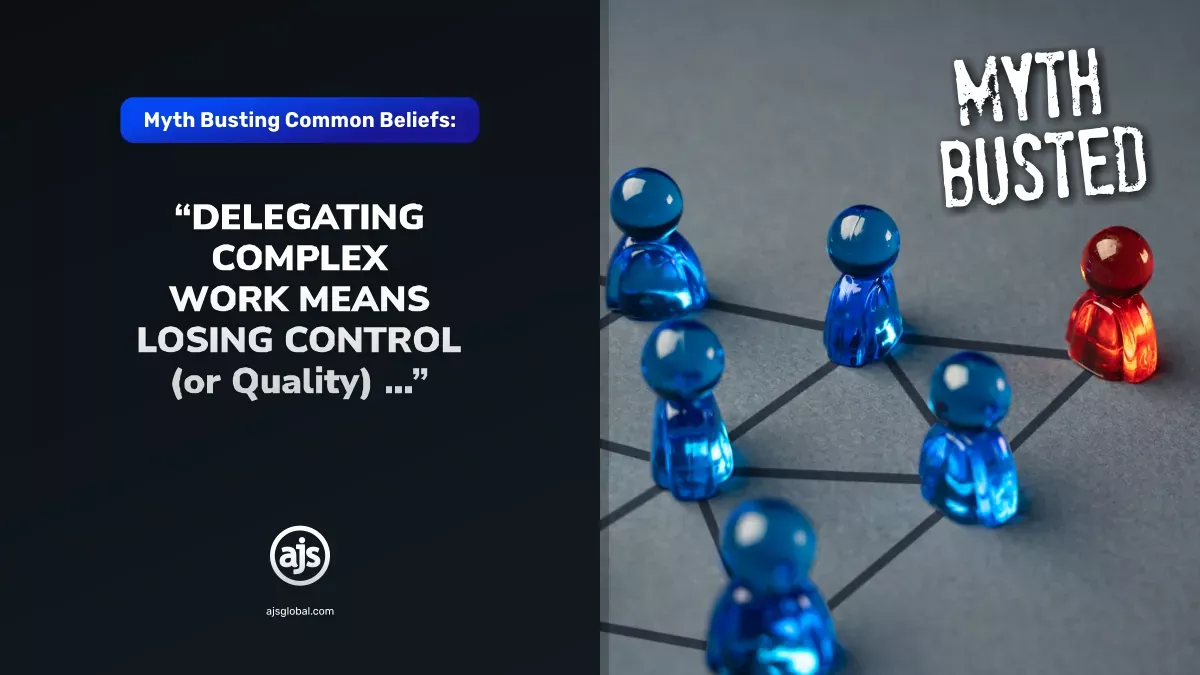
AUTOMATION
The future of work is here
Initially when someone brings up the topic “automation” (jobs, tasks or otherwise), images of Robin William’s in “Bicentennial Man” come to mind. A robot designed to make the lives of his human’s easier. A household appliance for lack of a better description. At least that’s what his creators believed.
Think about it for a second – Andrew the Android is brought into the home of the Martin family to perform menial housekeeping and maintenance duties. To free up the time of his humans to perform other, more meaningful things – like playing chess. The NDR1-14 (the scientific name) was designed to “serve humans”, often citing the line “One is glad to be of use”.
Basically, he was brought in to automate menial, labour intensive tasks. Sounding familiar?
But he began to show characteristics of creativity, curiosity and friendship – all human characteristics. Which is very unlike a household appliance.
Something extremely worrying for all concerned. Obviously.
Has anything really changed?
Sure we do not have NDR1-14’S to attend to our every whim (an admission – it would be great to have a Michelin Star trained NDR1-14 to do our cooking every evening) but the automation of menial work is becoming more and more accepted and often times expected.
The automation of work often involves using technology to automate repetitive, manual processes in order to streamline and systemise workflow, keeping track of each part of a process resulting in an increase to overall productivity.
- The very purpose of automation is to free people up to concentrate on more knowledge-based, specialist tasks, where they are able to use their skills in a strategic way to outperform competitors. All good things.
And funnily enough, exactly what Andrew the Android was designed for. Imagination being made real perhaps?
But, it’s not a new topic of discussion and something we brought up in our article Be flexible, man!
Having a practice that enables attorneys to work from anywhere, at any time and almost from any device is not only crucial nowadays but is also now considered the accepted norm. We have said this all before. And our feelings have not changed. We truly believe that automating repetitive, menial, labour intensive tasks, with for example our AJS FLOW is the way of the future.
So, I guess you could say that we are fully behind Andrew the Android (for all the good he was set to bring into the world).
Using technology to enable easy access to documents, case management, document automation, legal accounting and practice management, has the corresponding impact that the practice of law is altered in a way that has been surprising. It has become easier. It has created efficiency, productivity and profitability.
Who would have thunk it?
Whether any of the job automation software develops human-like characteristics, like Andrew the Android, is very much beside the point.
Just look at Siri – ask her whether she has a boyfriend, which cellphone is the best or what the movie “Inception” is about. There is definitely humour there – a human characteristic.
So, this discussion is not really about whether we need to automate tasks, jobs or otherwise. That’s accepted. But rather, the discussion should really be about convincing employees that doing so is for the better. For themselves as well as for their companies.
Job automation is for the better
According to Workplace Automation is Everywhere, and It’s Not Just About Robots, Adam Uzialko agrees that automation is present in almost every single modern day business (both small and large), and includes subtle features in common software applications to more obvious implementation, like self-driving vehicles. It’s everywhere.
He goes on to say –
“Every business process, such as human resource management and customer service departments, is on the table for automation, especially as technology becomes more sophisticated. No matter what the outcome, automation will undoubtedly change the workplace and, indeed, the wider economy.”
Turning to the impact job and task automation will have on employees, it is important to note that automation does not only make employees better at their jobs, changing the landscape of business and the economy as a whole, but it can also improve their overall job satisfaction too.
According to the article Why Automation Can Actually Improve Employee Engagement, Susan Leonard states that automating repetitive tasks can free up employees so that they can focus on more business-critical work. This, in turn, can lead to improved employee satisfaction and engagement in the organisation. Something we have said before (again just look at our article Be flexible, man!)
But the above article goes on to illustrate that –
“Over 40% of employees spend at least one-fourth of their time handling manual and repetitive tasks. With the help of automation, organizations have the power to streamline tasks, remove any bottlenecks, decrease the room for human error, and free up more time of their employees, which they can use to focus on more valuable work.
By implementing automation for tasks like approvals and data entry, companies can improve employee satisfaction. In fact, 89% of employees believe that automation has made them more efficient at work.
As a result, most organizations are now incorporating digital workplaces that provide workflow automation and seamless collaboration tools to help employees manage their work and communicate naturally.
Over 59% of employee’s state that the technology used in the workplace is very important to them when they are considering to switch jobs and work for a new company. On the other hand, almost half of the millennials agree that outdated technologies and rigid work environments hold them back from reaching their full potential”.
And if you ask us, that speaks volumes.
The fact that employee’s consider the use of technology in the workplace an important enough guideline to gauge which companies they will consider looking at (when they are considering switching jobs to work for a new company), shows that task and job automation (and the technology used therefore) is now not only accepted but even more so expected.
We certainly have all come a long way since the Martins family in Bicentennial Man.
To further illustrate how automation can make employees better at their jobs, Susan Leonard has this to say –
“What automation can do is help reduce the overall workload of employees and give them more time to focus on complex and creative tasks.
For instance, if you are an HR manager, then you can automate a large part of your everyday work tasks, including–filtering candidates, sending follow up emails, sending performance evaluation forms to employees, and handling leave management.
By automating these mundane tasks, HR managers have more time to focus on tasks like building relationships with potential candidates, managing employee concerns, organizing training and upskilling programs, and improving employee engagement. Some of the immediate benefits of introducing automation in the organization can include higher employee productivity, improved customer satisfaction, and faster time to market.
Knowledge workers, on average, spend over 10 hours per week performing manual and repetitive tasks that could have easily been automated. That is over 65 days of time lost per employee.
It is clear that automation is not an option for organizations, it is a necessity if they want to maintain optimum employee engagement.”
And we could not agree more
In fact, we believe that legal tech provides the essential tools that are desperately needed by legal professionals in their pursuit to further their own technological innovation in order to ensure that they are working optimally.
And we have the products to suit this very purpose.
An increasing number of practice management software suites are available that provide quality service offerings to minimise routine (and repetitive) labour intensive tasks. Integrated workflow automation systems found in our AJS Pro and AJS Enterprise editions as well as our highly customizable, standalone AJS FLOW solution make it easier to automate repetitive processes and increase output by improving control and ensuring that nothing slips through the cracks. Perfect for any process that has a defined set of steps or stages, thereby eliminating “busy” work and allowing lawyers to focus on the work that they choose to provide.
These products are designed to make your legal practice more efficient (and less labour intensive) and thereby enabling your staff to take on much more profitable and meaningful work.
AJS Enterprise (a comprehensive legal and professional accounting software package serving mid-size, large and major international firms with an impressive integrated process automation, user task and notification tool),
AJS Pro (a web-based, flexible full-featured accounting and practice management system geared towards mid-size firms, that also includes an impressive integrated process automation, user task and notification tool ).
Xpressdox (an advanced document automation and publishing system).
Your technological innovation and automation of labour intensive tasks starts here.
Remember as we have said before, the clients of tomorrow and employees of today will demand that law firms are technologically advanced and more so, capable. Increasing sophistication in client technology adoption will apply pressure on law firms and lawyers, who will be selected for their technology-enhanced services and ability to focus on complex higher-value work to solve their clients’ legal and business problems, rather than on the menial, labour intensive work.
Do your employees understand what this means?
It is crucial, at the outset, that employees know exactly what automation means and why it can be beneficial both to them and to the company as a whole – preventing the fear that robots will not only “take over the world” but will take their jobs as well.
Interestingly in an article titled The future of work is here. Standards need to keep up one of the big “reality checks” that has arisen from returning to a changed landscape of work where there is a possibility of a Hybrid work environment is the fact that companies have an opportunity to reset what they do and how they do it –
There are a series of new work and social realities that are shaping this dialogue. And part of this change is the need for employee wellbeing, which of course includes the optimising of certain critical, yet repetitive work tasks by automating them in order to be more productive, whilst at the same time increasing productivity –
“A pivotal change in mindset is healthy living as an expectation of work outcome. This is critical given the majority (71%) are planning a hybrid work model in the future (Mercer’s latest poll) and nearly 10% do not plan to go back to the office. Maximizing productivity and flexibility in a blended work environment requires an examination of how work gets done”.
And how work gets done is important.
Employees will expect to be assisted with menial tasks that take away from the more demanding skills that they were employed for – freeing up their time to focus on job satisfaction.
Therefore, it is clear that automating certain labour intensive tasks will not only increase how well a company does (and how much it get can get done) but it will also add to the promotion of employee wellbeing by ensuring that employees are able to upskill and focus their attentions on the work they were not only employed to do, but want to do.
Ensure your employees wellbeing are put first
The important thing around automation (jobs, tasks or otherwise) is ensuring that none of your employees are left behind.
It can be a shock for most people to see the “NDR1-14’s” of the new automation world being so capable. The shock of an increasingly automated world can be difficult to process – “where do I fit in”? It’s scary.
Successfully integrating automation into normal day-to-day work life starts with a comprehensive effort to educate employees about what automation is, what it isn’t and what it means for them – reassuring them that their jobs and positions are safe.
Educating employees on processes and how they fit in is crucial. And it is this premise that Fred Goff, CEO of Jobcase anticipates will lead to the expanded access to educational and networking opportunities offering employees the opportunity to remake their careers and find a way in the new automated economy to support themselves and their families.
And that is amazing!
It is clear that automation is the future of work
A foregone conclusion really.
It has become a necessity for organisations wanting to not only stay relevant but also for those that want to get ahead in their respective industries. And the legal profession is no different.
But simply automating tasks is not the goal. Rather, companies must ensure that they carefully analyse their business practice processes in order to recognise the parts that can be easily automated to improve employee satisfaction and engagement as well as encouraging efficiency, convenience and profitability. An overall win-win situation for all should be the goal.
And this is where AJS can help you.
Get in touch with us today and let’s see how we can help automate your system, in a way that ensures the necessary tasks within your practice are automated, leaving your employees free to do what they do best – with the added bonus of having smiles on their faces.
A revelation that will make them feel like they too have their own Andrew the Android who is always “glad to be of use”.
Written by Alicia Koch on behalf of AJS
7 Comments
-
Pingback: TAKING STOCK: Part I - AJS South Africa
-
Pingback: TAKING STOCK: Part II - AJS South Africa
-
Pingback: The Zen of Work - AJS South Africa
-
Pingback: THE TECH SERIES - AJS South Africa





Pingback: GOING OUT ON YOUR OWN - AJS South Africa